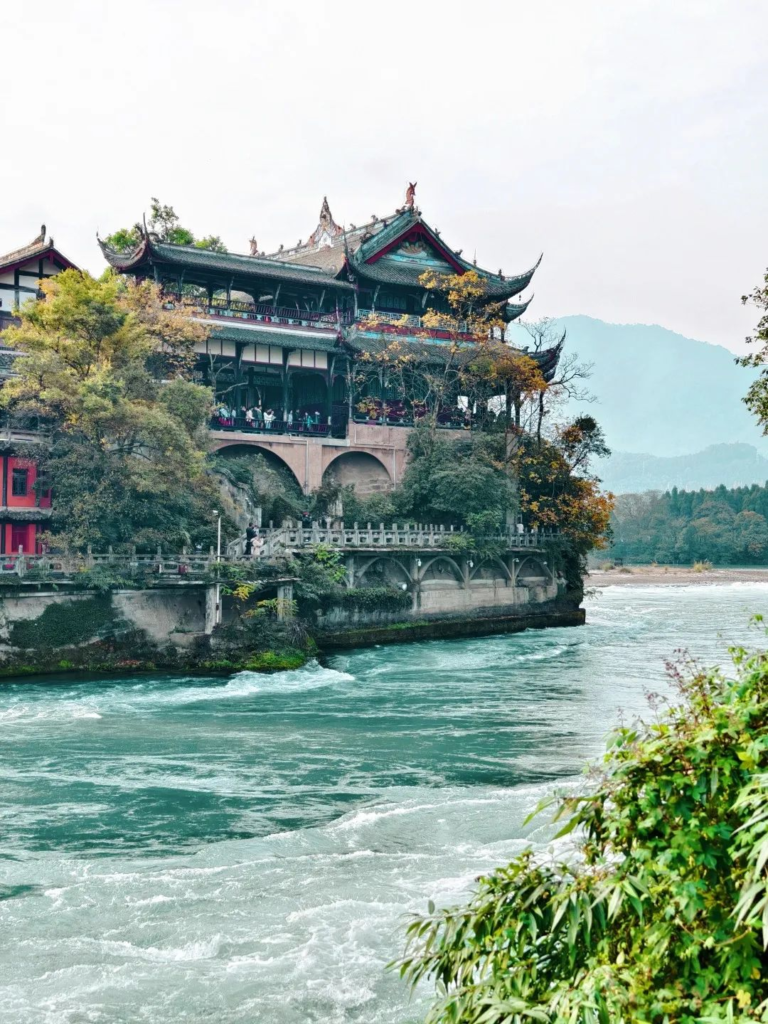
Spring, a bountiful gift from nature, heralds the rejuvenation of all things and a riot of blossoms. In Western Sichuan, a spectacular feast of pear blossoms awaits, beckoning people to partake. This region is home to the world’s largest expanse of pear blossoms. When the flowering season arrives, pear blossoms carpet the mountains and plains, blooming with a purity as white as snow and a charm as ethereal as mist, seemingly painting the entire world in a pristine white hue.
Jinchuan, a quaint town tucked away in the Western Sichuan Plateau, takes center stage in this floral spectacle. With the first caress of spring breeze, pear blossoms stretching over a hundred kilometers along the banks of the Dajinchuan River Valley stir from their slumber on the branches. Overnight, a veritable explosion of white occurs as thousands of pear trees burst into bloom, transforming the river valley into a dreamlike realm. Unlike the demure pear blossoms elsewhere, those in Jinchuan bloom with unrestrained passion. The vast sea of white flowers, set against the backdrop of distant snow-capped mountains, the traditional Tibetan villages at the foothills, and the golden rapeseed fields, composes a picture-perfect spring vista. Missing this visual extravaganza means waiting a whole year for another chance!
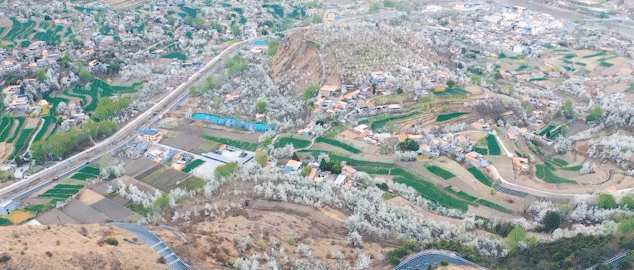
Jinchuan, a town graced by the passage of time, proudly bears the title of “the Hometown of Chinese Snow Pears”. Its roots trace back to the Ming and Qing dynasties when the cultivation of snow pears first took hold. After centuries of nurturing and evolution, it has blossomed into a hallmark industry of the region. Here lies the world’s largest original ecological, high-altitude snow pear plantation, with a staggering million trees spanning over a hundred kilometers, a sight that truly astounds.
Endowed with a unique geographical location, Jinchuan enjoys an idyllic natural environment. Situated on the eastern fringe of the Qinghai-Tibet Plateau and the upper reaches of the Dadu River, at an altitude ranging from 2000 to 2500 meters, it basks in a mild climate, ample sunshine, and significant day-night temperature differentials – a trifecta that provides an optimal setting for snow pear growth and gives rise to the world’s most expansive high-altitude sea of pear blossoms. As spring tiptoes onto this land, the pear blossoms along the Dajinchuan River Valley unfurl under the warm sun’s embrace.
Walking along the river valley feels like stepping into a fairytale world draped in white. In the distance, snow-capped mountains glisten with a holy radiance under the sun, mirroring the white pear blossoms below, creating a captivating tableau where “the snow on the mountaintops vies with the pear blossoms in the valley for splendor”. The austere grandeur of the mountains and the delicate grace of the blossoms complement each other exquisitely, leaving observers in awe of nature’s masterful craftsmanship.
On either side of the valley, continuous rows of pear trees cascade down the slopes. The pear blossoms, like a flurry of snowflakes, descend in a profusion, blanketing the entire valley. When the wind whispers by, petals flutter down like snow, filling the air with a delicate floral fragrance that lulls one into a state of enchantment. Stepping into this sea of flowers is akin to being immersed in a white ocean, where each blossom resembles a celestial nymph twirling gracefully on the branches. They cluster together or stand alone, each displaying a unique charm.
Even as the spring sun begins to gently warm the earth, Jinchuan still clings to the remnants of winter. The snow atop the mountains, not yet fully melted, glistens like a crystalline palace under the sun’s rays. Meanwhile, down in the valley, the pear blossoms can scarcely contain their eagerness to bloom. Their white petals flutter delicately in the breeze, as if staging a magnificent floral ball.
From a vantage point on high, the snow-capped peaks and the blossoming valley merge into a vision so dreamlike it seems plucked from a fantasy. The white snow and the white flowers, though sharing the same pure color, display strikingly different forms, dictated by their disparate altitudes and temperatures. Here, the frigid majesty of the snow and the tender allure of the blossoms meld seamlessly, narrating a tale of nature’s astonishing versatility and beauty.
This singular spectacle is not merely a visual treat but a profound emotional resonance. It offers a glimpse into nature’s capacity for diversity and harmony, presenting the cyclical dance of seasons and the eternal rhythm of life, all within a single moment and space.
The age-old verse “Suddenly, as if the spring breeze arrives overnight, thousands of pear trees burst into bloom” could have been penned with Jinchuan’s pear blossoms in mind. In a single night, while the snowbound plateau still slumbers in winter’s embrace, the pear trees lining the banks of Jinchuan’s rivers awaken as if by a magic spell, their blossoms flooding the valley like a tidal wave.
A million pear trees, as if touched by nature’s wand, unfurl their white petals in unison. Arranged in tiers along the river valley, they stretch from the valley floor to the mountain tops, forming a vast, white tapestry that unfurls across the land. The blossoms cluster so densely that they blot out the sky, allowing only slivers of sunlight to filter through, casting golden dapples that transform the scene into a dreamscape.
To stand within this sea of flowers is to step into a secluded paradise. Surrounded by a sea of white and breathing in the sweet perfume of the blossoms, one can easily forget the outside world’s cares. Each flower, a tiny testament to life’s vitality, blooms with abandon, offering a poignant reminder of nature’s indomitable spirit.
In the mountains of Western Sichuan, mornings and evenings often bring a delicate veil of mist, adding an air of mystery to the land. When this ethereal mist encounters Jinchuan’s pear blossoms, it conjures a visual symphony that seems too beautiful to be real.
At dawn, before the first rays of sun fully penetrate the clouds, a gossamer mist rises gently in the valley. It drifts among the pear trees, cloaking the blossoms in a translucent shroud, rendering them half-seen, like shy maidens behind a veil. The urge to draw back the curtain and behold their full beauty is irresistible.
Walking through this misty floral wonderland, the soft rustle of petals in the breeze fills the ears, the faint fragrance of flowers perfumes the air, and the hazy expanse of white flowers stretches out like a mirage. Each step feels like a passage through a living painting, a journey so enchanting it could belong only to a dream.
As the sun dips below the horizon in the evening, its dying rays bathe the mist and the blossoms in a golden glow. The scene, now suffused with a sense of peace and serenity, offers a final, poignant reminder of nature’s gentle beauty.


Jiaju Tibetan Village, crowned as the top entry in “China’s Six Most Beautiful Rural Ancient Towns” by National Geographic of China, is a world apart, a veritable fairytale realm. “Jiaju”, translating to “a hundred households” in Tibetan, describes a village that ascends in tiers from the Dajinchuan River Valley, reaching up to the feet of the Kapama Peaks.
When spring arrives and the pear blossoms unfurl, the village transforms into a sea of flowers. The white blossoms play off the charming, scattered Tibetan-style homes, with each household enfolded in a cocoon of pearly white. Strolling through the village, one treads on ancient stone paths, looks up to a sky filled with snow-like blossoms, and breathes in the sweet scent of spring – a scene that could only be described as paradise.
The village offers several viewing platforms that afford panoramic views of the entire settlement and its floral bounty. From these heights, the distant snow-capped mountains, golden rapeseed fields, and verdant highland barley fields blend with the white pear blossoms and red Tibetan homes to create a kaleidoscope of color. In the morning, as the first light kisses the village, a golden sheen intermingles with the white blossoms, casting a spell of enchantment. In the evening, the setting sun bathes the village in a warm glow, making the pear blossoms seem even more delicate and alluring. This idyllic setting is a photographer’s dream, offering countless opportunities to capture the harmony between humanity and nature, whether it’s the daily lives of the Tibetan villagers or the carefree play of children beneath the pear trees.
Zhonglu Tibetan Village, perched at an altitude of 2100 meters in the northeast of Danba County, has been anointed as “China’s Most Beautiful Village” by National Geographic of China and basks in the region’s longest daylight hours. “Zhonglu”, which means “the place where people and gods yearn to be” in Tibetan, lives up to its name.
The pear blossoms here possess a rustic, understated elegance. Set against the backdrop of ancient watchtowers and traditional Tibetan dwellings, they lend an air of age-old mystery and historical gravitas. The watchtowers, standing sentinel on the hillside, have witnessed centuries of change. Now, enfolded in a mantle of white blossoms, they seem to have been reborn, joining with the flowers to paint a unique portrait of spring in the Tibetan highlands.
Wandering along the winding paths that lead into the village, one witnesses the seamless integration of the pear blossoms into the daily lives of the villagers. In the courtyards, elders bask in the sun beneath the trees, children chase each other through the flower beds, and women go about their daily chores – a tableau rich with the warmth of life. Here, time slows, allowing visitors to soak up the tranquility and hospitality of the Tibetan community. The village is at its most magical in the early morning and late evening. At dawn, a soft mist shrouds the settlement, making the pear blossoms seem like apparitions in a fairyland. As the sun sets, its golden rays bathe the watchtowers and blossoms, casting the entire village in a golden glow that is simply breathtaking – a moment no photographer would want to miss.
Shenxianbao, nestled within the Shierxiang Shiwaitaoyuan Scenic Area of Jinchuan County and known in Tibetan as “Xirilirida Shigou”, derives its name from a local legend that credits a supernatural being for the hillock that rises gently from the flatlands. This vantage point is nothing short of a photographer’s nirvana, offering an unrivalled panorama of thousands of mu of pear blossoms.
Ascending the viewing platform at Shenxianbao is to be greeted by a sight that takes one’s breath away. The entire Dajinchuan River Valley unfolds below, its banks carpeted with a continuous expanse of pear blossoms that glisten like a white ocean under the sun. In the distance, snow-capped mountains and lush green peaks frame the scene, creating a landscape painting of epic proportions. From here, one can truly appreciate the grandeur and magnificence of nature’s handiwork.
But the beauty doesn’t end with the daylight. As the sun begins to set, Shenxianbao transforms once again. The sky erupts in a riot of colors as the afterglow paints the heavens in shades of orange and red. The pear blossoms, bathed in this warm light, take on a golden hue, blending with the Tibetan villages and the meandering river below to form a picture so idyllic it could be a scene from a poem. As the last rays of the sun fade, the lingering afterglow casts a spell of enchantment, making it feel as if one has stepped into a fairyland. It’s no wonder that photographers flock here early, cameras at the ready, to capture this fleeting moment of magic.
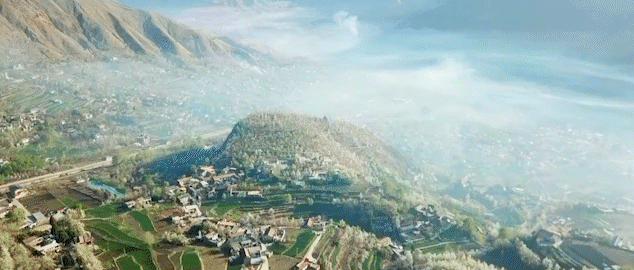
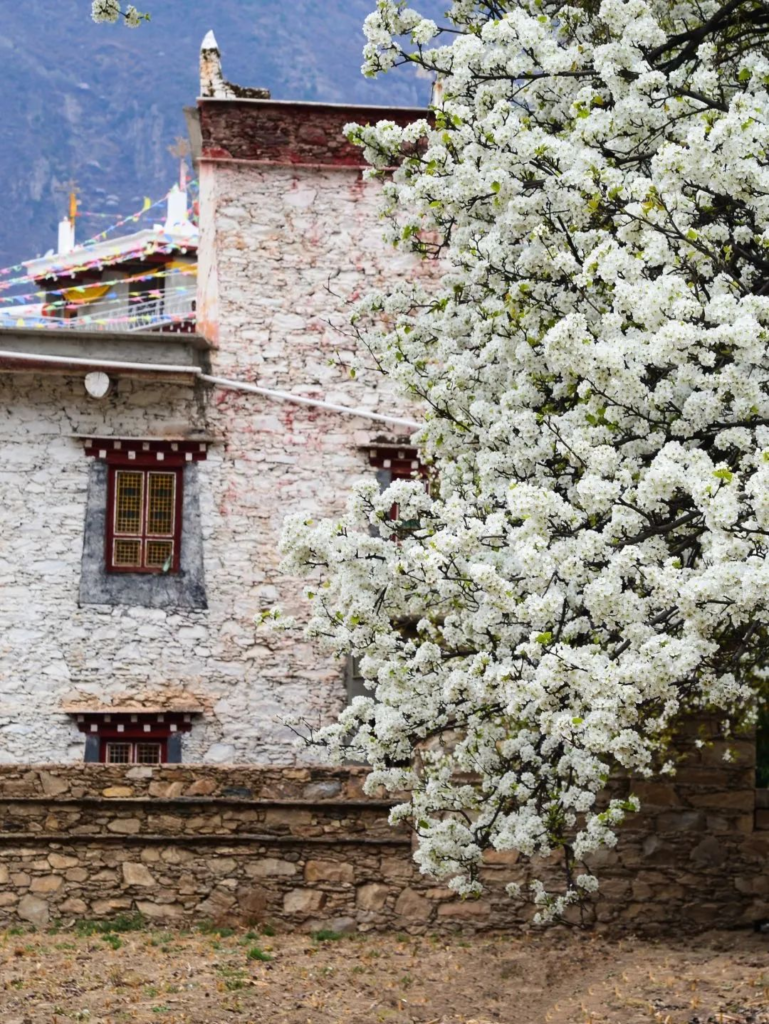
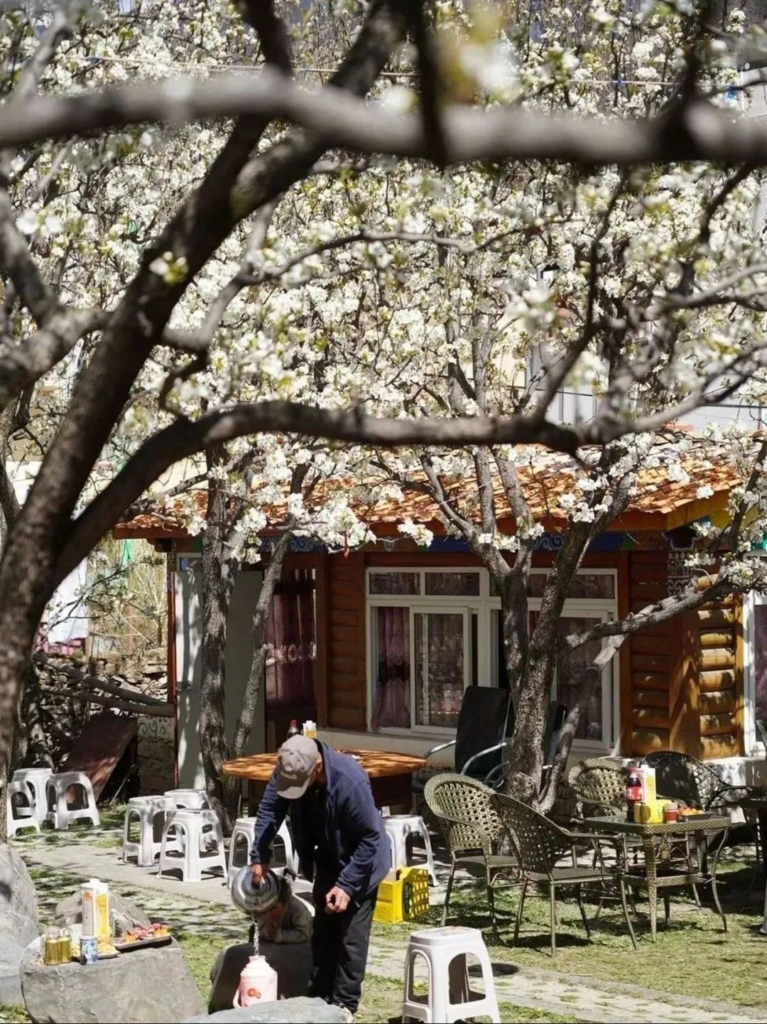
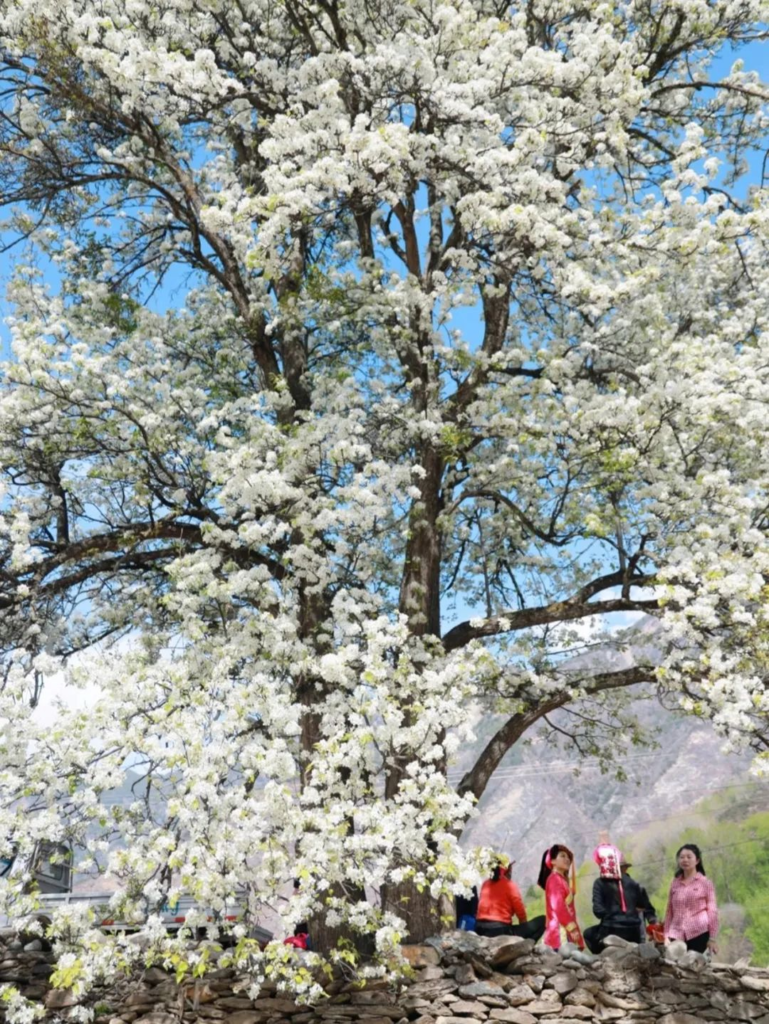
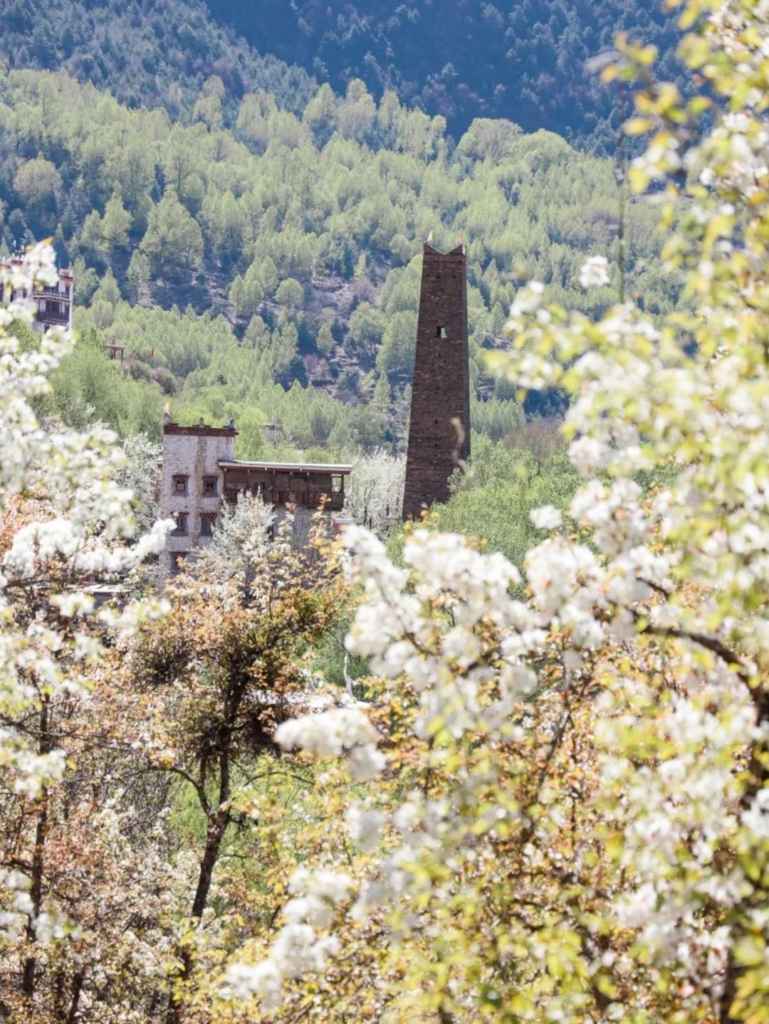
Ka’er Township plays host to the annual Jinchuan Pear Blossom Festival and is renowned for its unique variety of pear blossoms. Unlike their taller counterparts elsewhere, the pear trees here are of a dwarf and dense variety, making them perfect for up-close photography.
Stepping into Ka’er Township is like entering a fairytale world spun from pear blossoms. Thousands of mu of these delicate flowers cascade from the mountainside to the river valley, forming a compact yet expansive sea of white. The low-hanging branches and densely clustered flowers allow visitors to get up close and personal with the blossoms, feeling their softness and inhaling their sweet fragrance. Walking along the aptly named Pear Blossom Avenue, a gentle breeze sends petals fluttering down like snowflakes, dusting shoulders and hair in a romantic display that seems plucked from a storybook.
Here, the photographic possibilities are endless. Whether it’s a solo portrait set against the backdrop of a flower-laden tree or a group photo with family and friends, the unique charm of the dwarf and dense pear blossoms adds a touch of magic to every shot. Standing beneath a tree, one can let the petals fall like confetti, creating a backdrop of pure romance. Or venture deeper into the flower sea to blend with the blossoms and capture images brimming with life and energy. It’s no surprise that Ka’er Township has become a must-visit destination for shutterbugs, offering a chance to create memories as beautiful and unique as the flowers themselves.
The Jinchuan pear blossoms typically reach their peak bloom from mid-March to early April each year. During this period, the river valley is transformed into a vision of white splendor, making it the prime time for both viewing and photographing these delicate flowers. However, the exact flowering window can shift slightly depending on annual variations in temperature and precipitation. It’s advisable to check local weather and flower updates before embarking on your journey to ensure you don’t miss this once-a-year spectacle.
Embarking on a self-driving adventure from Chengdu is an experience filled with surprises. Follow National Highway G317 and you’ll pass through the ancient Taoping Qiang Village, where you can soak up the unique charm of its time-honored architecture. Continuing on, the imposing Zhuokeji Official Residence awaits, offering a glimpse into the region’s rich history. After reaching Malcon, a turn onto Provincial Highway S211 will lead you straight to Jinchuan. The journey is a visual feast, with snow-capped mountains, lush forests, and sprawling grasslands painting a constantly changing backdrop. The entire trip takes approximately 6 to 7 hours, allowing you to stop and savor the scenery or snap photos at your leisure.
If driving yourself isn’t an option, chartering a car is a convenient alternative. In Chengdu, you can find reputable car rental companies or book through reliable travel platforms. Prices vary depending on the vehicle type, duration of the trip, and the season, but for a standard 5-seat economy car traveling round-trip from Chengdu to Jinchuan, you can expect to pay between 3000 and 5000 yuan. The benefit of chartering is the freedom to design your itinerary and the luxury of enjoying the journey without the stress of driving.
For an immersive cultural experience, look no further than the homestays in Jiaju or Zhonglu Tibetan Villages. These accommodations retain the authentic charm of Tibetan architecture, with wooden structures and intricate Tibetan decor that transport you to a world of mystery and tradition. Wake up to the song of birds and open your window to a panorama of pear blossoms and traditional Tibetan homes. Breathe in the fresh mountain air and soak up the tranquility of nature. During peak season, prices can range from 500 to 1000 yuan or more, so it’s wise to read reviews and check facilities in advance to find the perfect fit.
If you prefer modern conveniences and a wider range of dining options, Jinchuan County Town has a variety of hotels and inns to suit every budget. The price of a standard room typically ranges from 200 to 500 yuan, offering a comfortable and hassle-free stay. With easy access to shopping and restaurants, it’s a practical choice for those who value convenience. However, compared to the village homestays, you may miss out on the close proximity to the pear blossoms and the unique cultural experiences they offer.
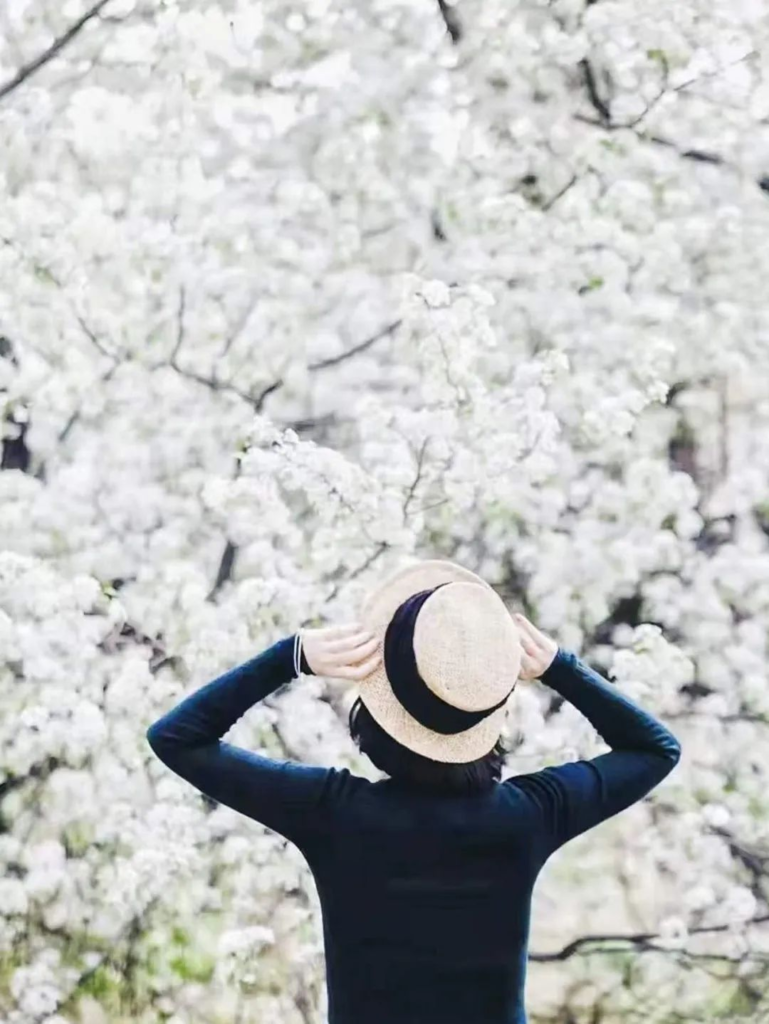
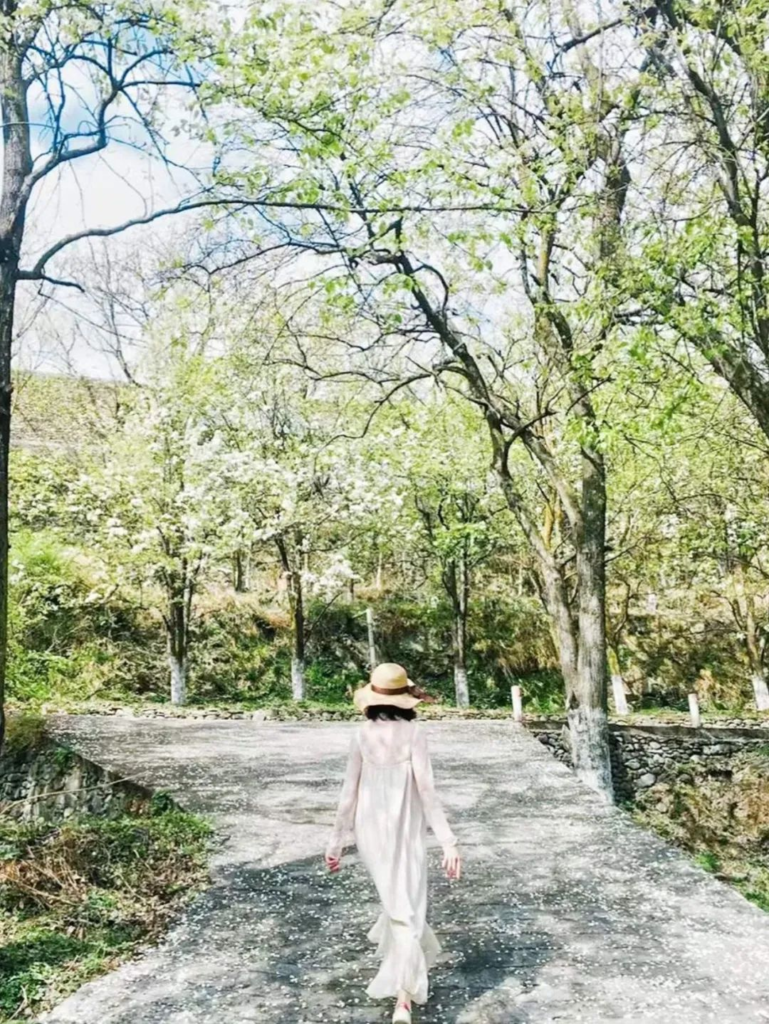
The allure of Jinchuan extends far beyond its famed pear blossoms. The surrounding region is a treasure trove of diverse tourist attractions, weaving together a tapestry of experiences that make for an unforgettable journey through Western Sichuan.
Just a short distance from Jinchuan lies the iconic Siguniang Mountain, named for its four majestic peaks that resemble four graceful maidens. This natural wonderland is a playground for outdoor enthusiasts, boasting magnificent snow-capped mountains, dense forests, crystal-clear streams, and expansive meadows. Here, you can embark on a trek through the primeval forest, losing yourself in the beauty of nature. Or test your limits by scaling the snow-capped peaks, feeling the exhilaration of conquest. As night falls, pitch a tent on the alpine meadow and gaze up at the star-studded sky, forging a connection with the cosmos that’s truly unforgettable.
Another must-visit destination is the town of Guanyin Bridge. Home to the renowned Guanyin Temple, one of the country’s three major Guanyin religious sites and a sacred pilgrimage destination for believers. The temple’s magnificent architecture, with its gleaming golden rooftops and solemn atmosphere, commands respect. Every year, pilgrims from far and wide make the journey, kneeling and praying along the winding mountain paths, their devotion a sight to behold. Standing atop the temple on the mountain, you’ll be greeted by a panorama of the town shrouded in mist, a scene that seems plucked from a celestial realm. Here, you can soak up the profound religious aura while also marveling at the unique natural beauty of Western Sichuan.
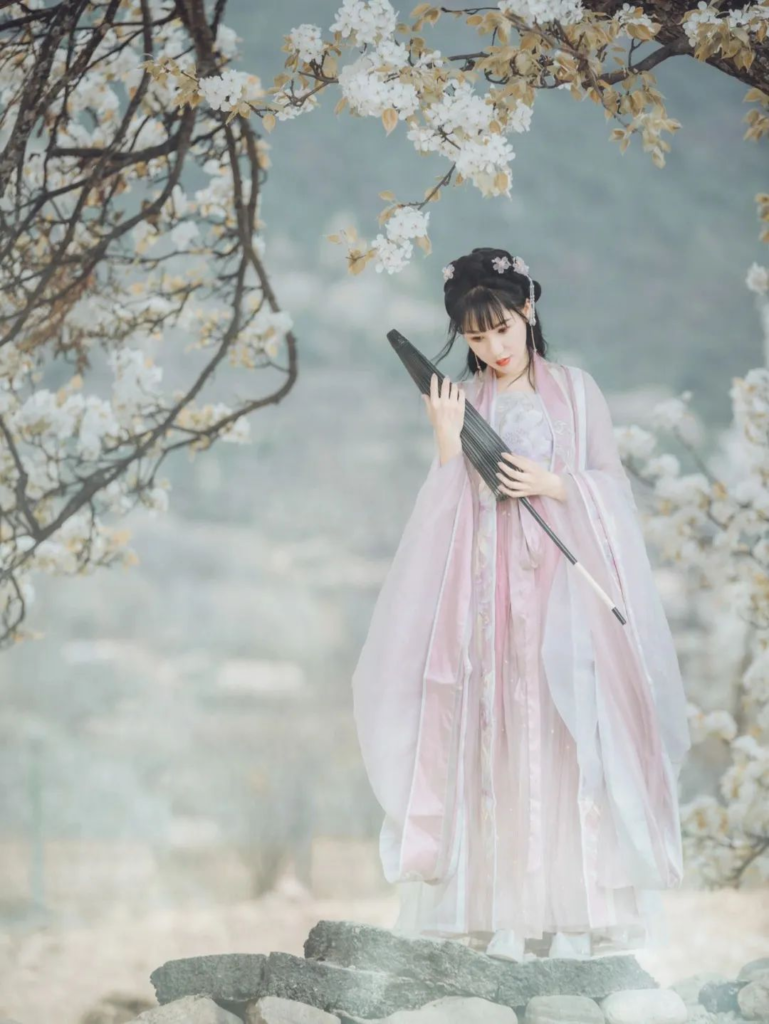
For those seeking off-the-beaten-path adventures, Qingrenhai (Lovers’ Lake) is an idyllic choice. Tucked away in Sa’erjiao Village, Maori Township, Jinchuan County, Aba Prefecture, Sichuan Province, this hidden gem remains relatively untouched by mass tourism. The lake, as clear and green as a precious emerald, nestles among the mountains. The surrounding forests change hues with the seasons, painting a vivid tableau throughout the year. In spring, a riot of wildflowers blankets the slopes, their colors dancing in the breeze. Summer brings a cool canopy of green, offering respite from the heat. Autumn transforms the woods into a fiery display of gold and crimson, a sight that rivals any postcard. And when winter arrives, the lake freezes over, reflecting the snow-capped mountains and the surrounding forest like a gigantic mirror, casting a spell of enchantment. Here, you can escape the hustle and bustle of the city, finding solace in the tranquility and raw beauty of nature.
The wonders surrounding Jinchuan are like glistening pearls, each holding a unique charm, waiting to be discovered and cherished. Whether it’s the awe-inspiring natural landscapes or the rich cultural heritage, they have the power to ensnare your heart and create memories that will last a lifetime.
The sea of pear blossoms in Jinchuan is nature’s grand visual symphony, a love letter penned in the most romantic of spring hues. Here, you can leave the chaos of the city behind, immersing yourself in the pure white expanse of flowers, and feel the gentle caress of nature’s tranquility. You can engage with the warm-hearted and unassuming Tibetan people, delving into their unique culture, and experiencing the authenticity and passion that permeates their way of life. And with your camera in hand, you can capture each fleeting yet magical moment, etching memories that will be treasured forever.
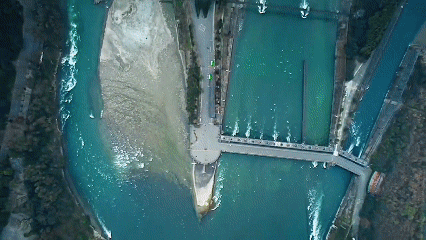
The flowering season is brief, and missing it means a year-long wait. Don’t let the hustle and bustle of daily life rob you of this once-in-a-year opportunity. Pack your bags, set off for Jinchuan, and search for your own slice of springtime romance in this sea of pear blossoms. Let nature be your guide as you embark on a journey of discovery and encounter the most beautiful of springtime wonders.
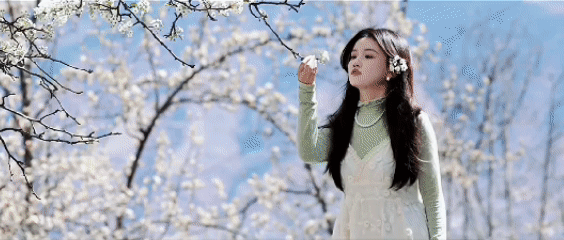
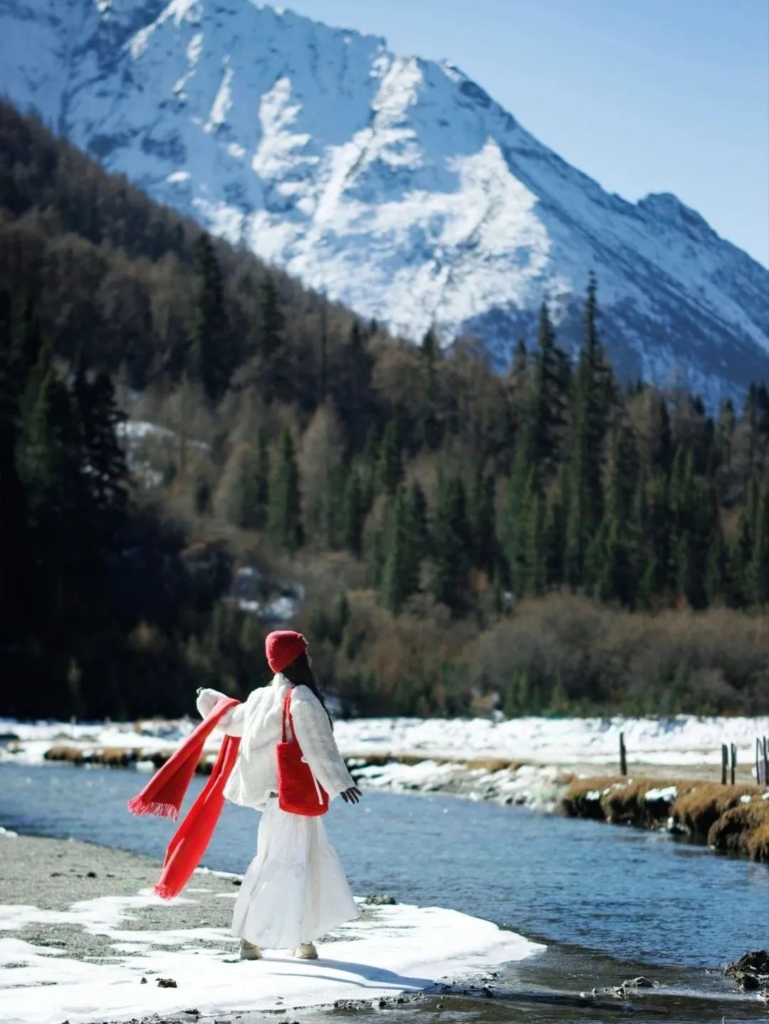
Explore the Real China.
Top Destination
Information